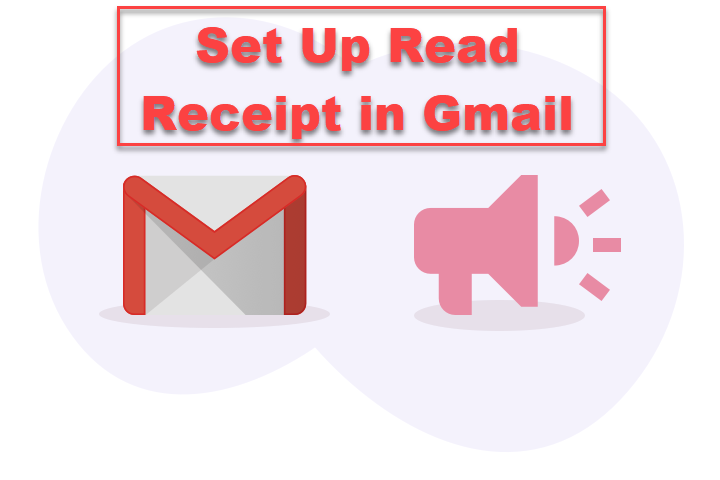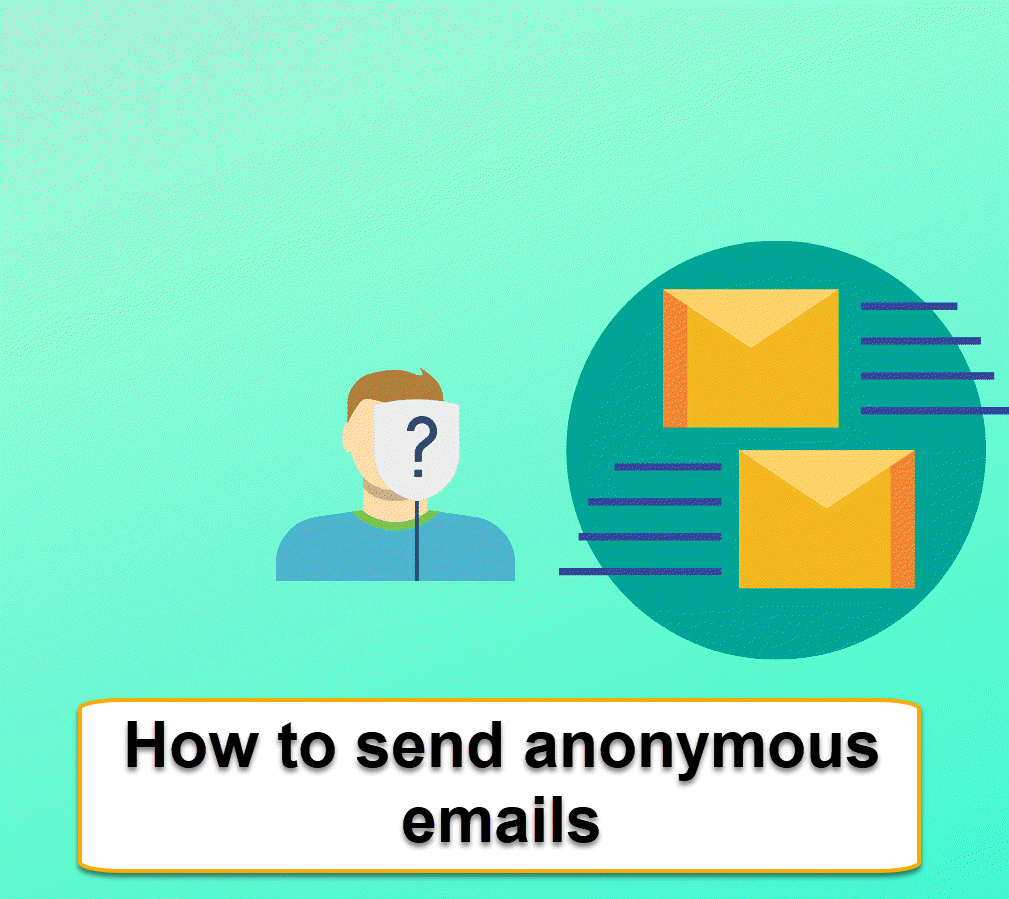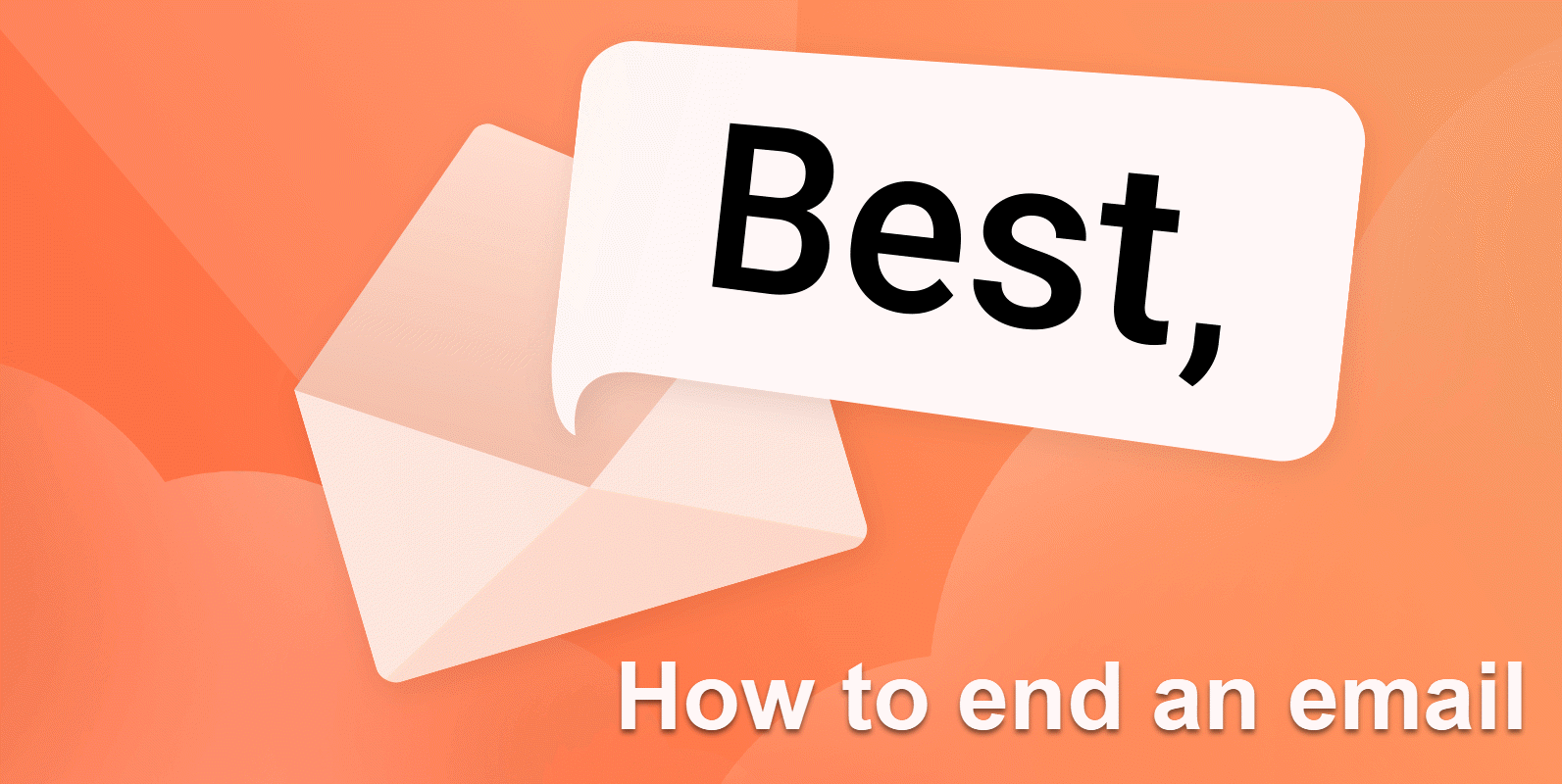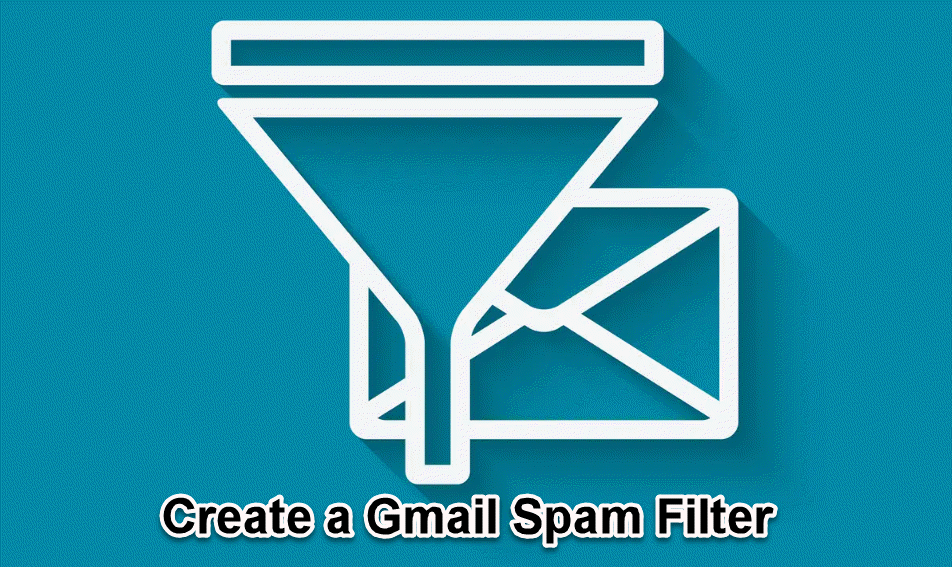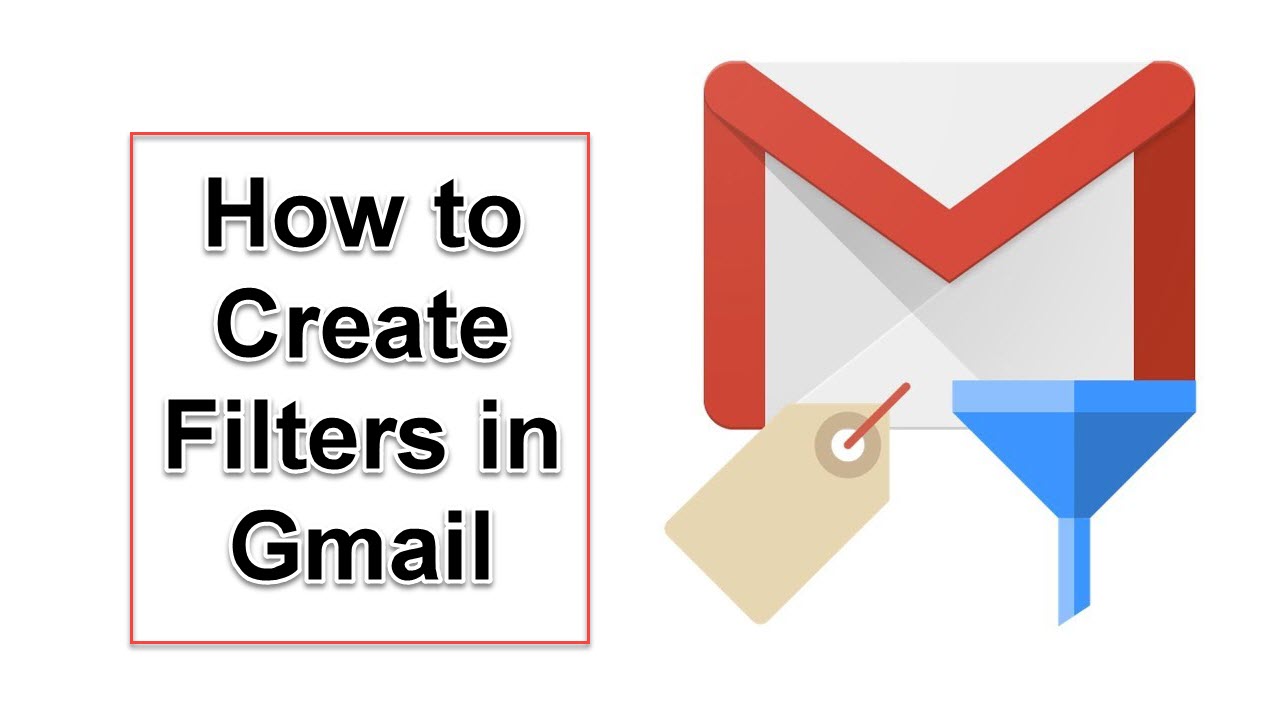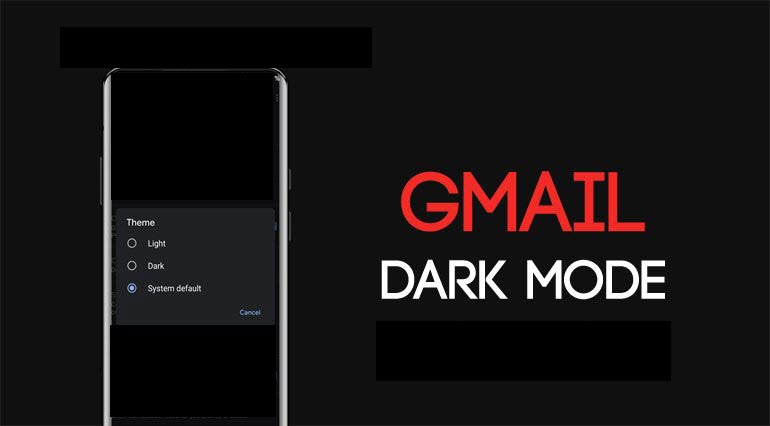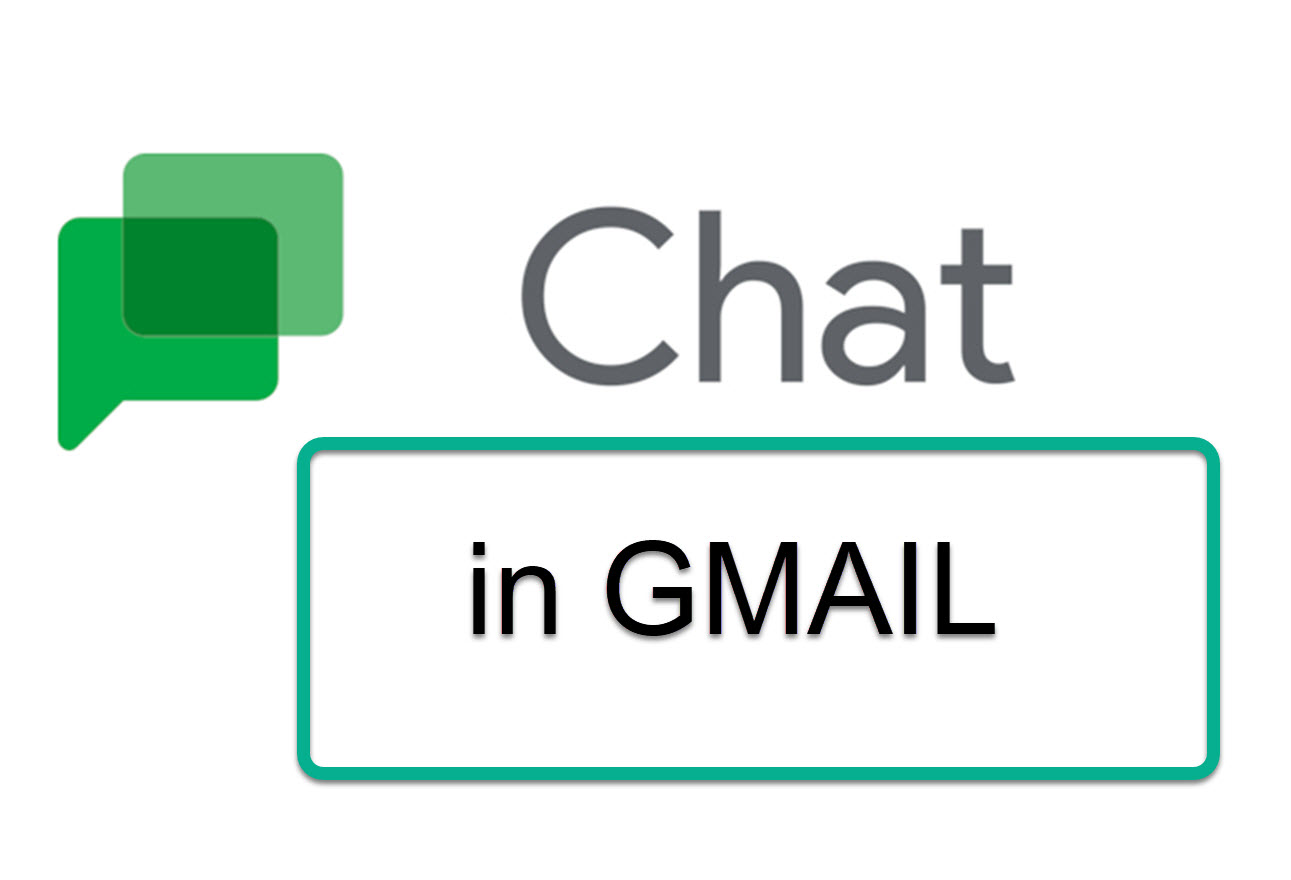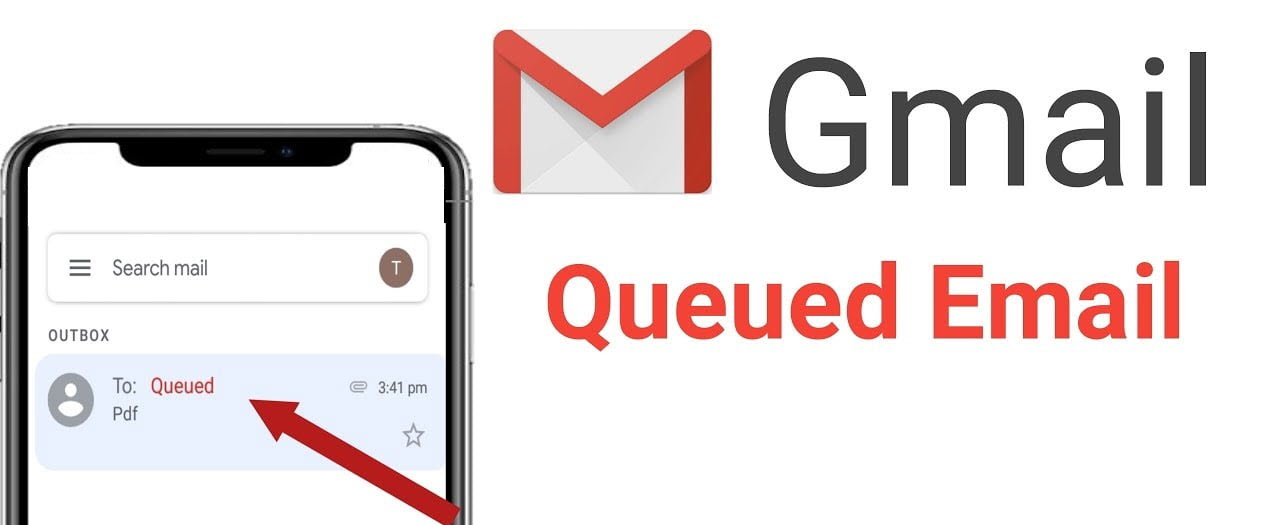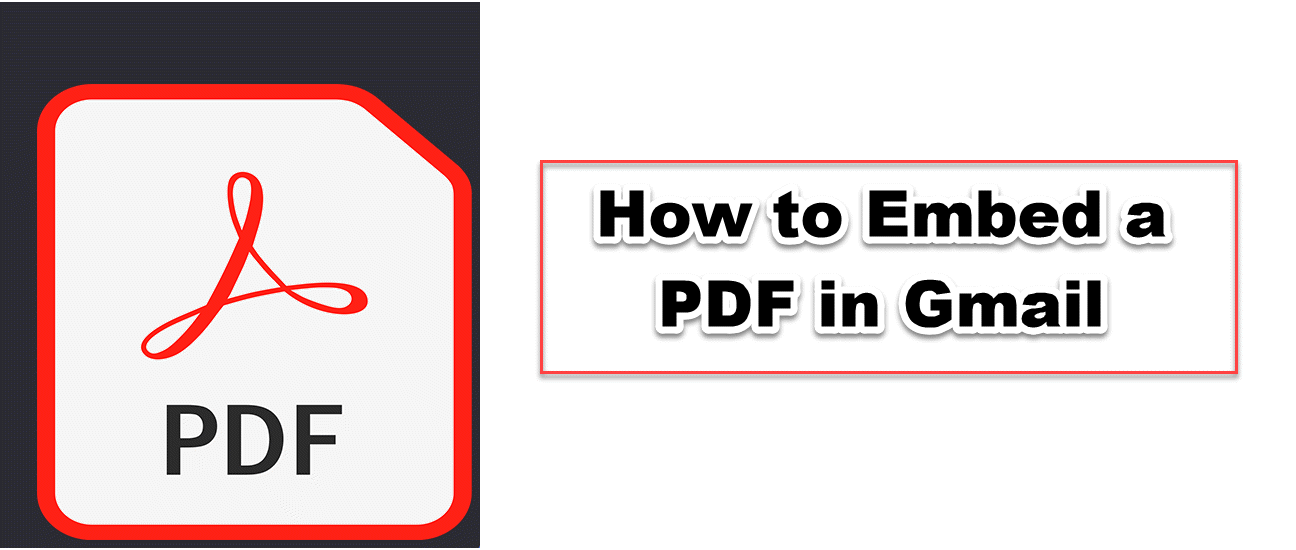Email Cadence Tips
Email cadence is a great tool and a key to a successful email campaign. Let's explore email cadence with this article right now!
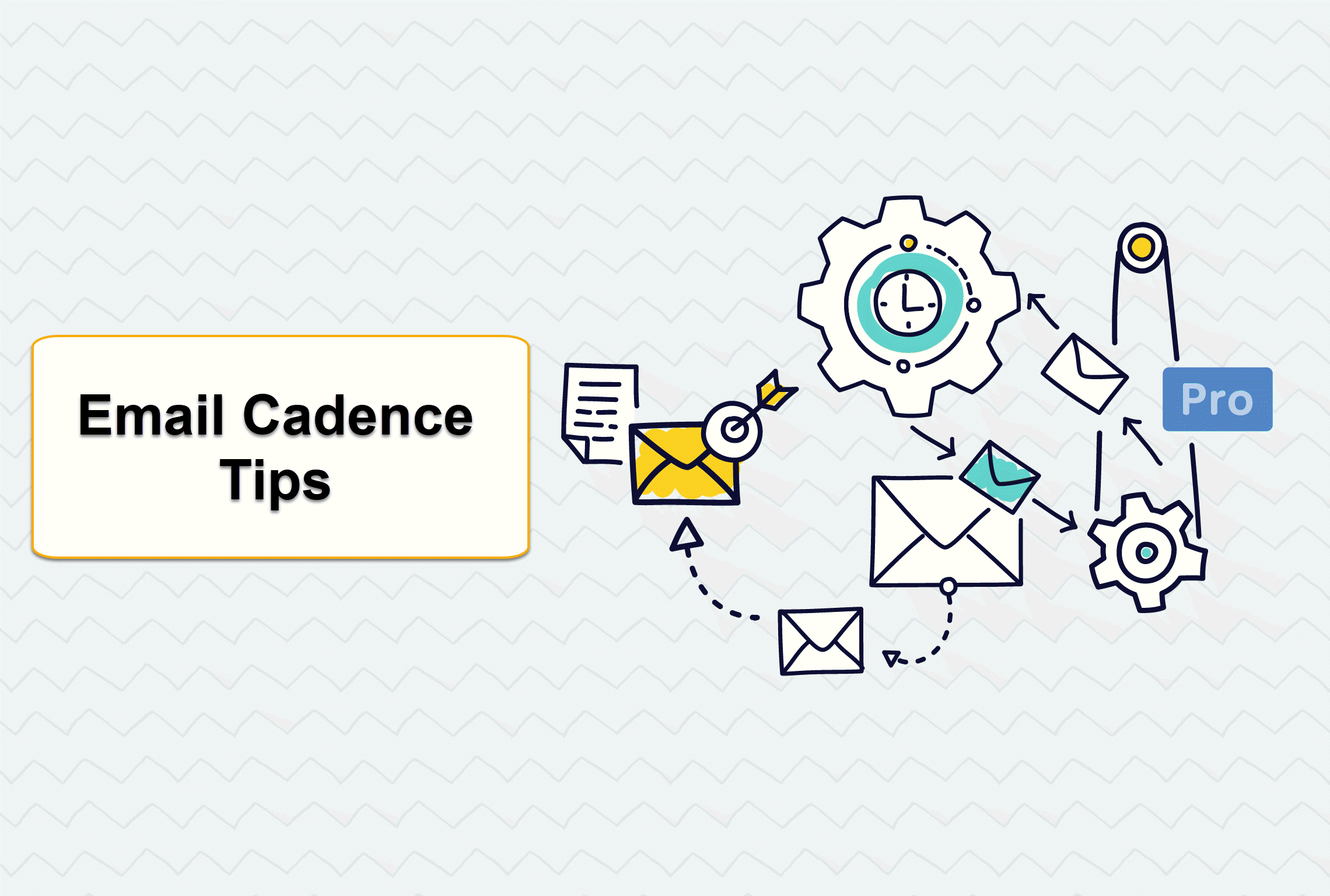
Our inbox is usually overflowing with emails. It can be difficult to keep up with all the emails, let alone to respond to them all promptly. Email cadence is a great tool. Email cadence is key to a successful email campaign. It describes the strategy and pace of a successful campaign. Let's explore email cadence, and the fundamental principles of structuring an email campaign that succeeds.
WHAT IS EMAIL CADENCE
Email cadence is how fast an email campaign moves as a whole. It's about how and when you send emails to prospects or customers at different points in the buyer's journey. The success of an email campaign can be judged by how well its cadence works. Email marketing campaigns can be very profitable if you send the right emails to your customers at the right time. You might lose the chance to help leads on their buyer's journeys if you're too pushy, annoying, or unsure. If your newsletters and ads confuse or bother potential customers, they won't pay attention.
EMAIL CADENCE TIPS FOR EMAIL MARKETING CAMPAIGN
Know what you want.
What are you hoping to get out of your emails? It's important to know where you want your customers and potential customers to go. Do you want more people to visit the website of your blog? Drive e-commerce sales? Set up appointments? Close deals? What you do with your cadence will depend on what you want to achieve in the end. If your goal is to get more people to visit your blog, you might lose more subscribers than if you were looking for sales leads to set up demos.
Figure out how each customer thinks.
With an email cadence, you can focus on the messages that your customer cares about at a certain time. This means you can't just send one size fits all or "throw it at everyone." Emails from home won't work. It's important to give people something that their customers will find useful. Usually, this means you have to know where they are on the buyer journey. You can't send the same message to all buyers at the same time. Different engagement levels and stages require different messages.
Make things as unique as you can.
Take a look at all the emails that companies have sent you over the years that were specifically made for you. How many "valued customer" or "to whom it may be addressed" links have you clicked on in targeted emails? It's not crazy to think that "not very often" is the answer.
Don't be afraid.
When planning your email sequence, you shouldn't worry too much about the phrase "I don't want to bother." You can easily worry about losing leads if you are annoying or pushy. But you need to know that there is a difference between being pushy and being persistent in a professional way.
You can get email cadences by acting quickly while the iron is still hot. This can't be done if you are too scared to strike.
Be gentle.
You shouldn't be weak, but you also shouldn't be mean. Say Any is a movie from the 1980s. The most memorable part of the movie is when the main character stands by the window of his love interest and sings "In Your Eyes" from a boombox held above his head. It makes her fall in love with him, and the two of them ride off on a lawnmower into the sunset (...for some reason).
Figure out how often you should promote your business.
The number of times you get an email is not set. It will be different for each business. It might take you a while to figure out how often you should send emails.
Let your subscribers do what they want.
Your subscribers should always be able to decide how often they want to get emails from you. This will give them the freedom to leave your mailing list if they think you send too many emails. You can put a link at the bottom of your emails that lets people change how they want to get emails from you.
Send gifts of thanks to show how grateful you are.
Even though "thank you" emails are great, they don't mean much if your company isn't used to giving gifts. Without gifts, even the most creative thank-you emails can feel empty. It's on a personal level. Can your girlfriend still like you if you only write her once every few months? Are you sure she'll thank you and smile? You're not right! What if you gave her something from your heart? Can you really make a difference?
You can build a strong relationship with customers if your strategy for interacting with them includes ways to surprise and delight them. This will lead to a big increase in how often people buy and how involved they are.

